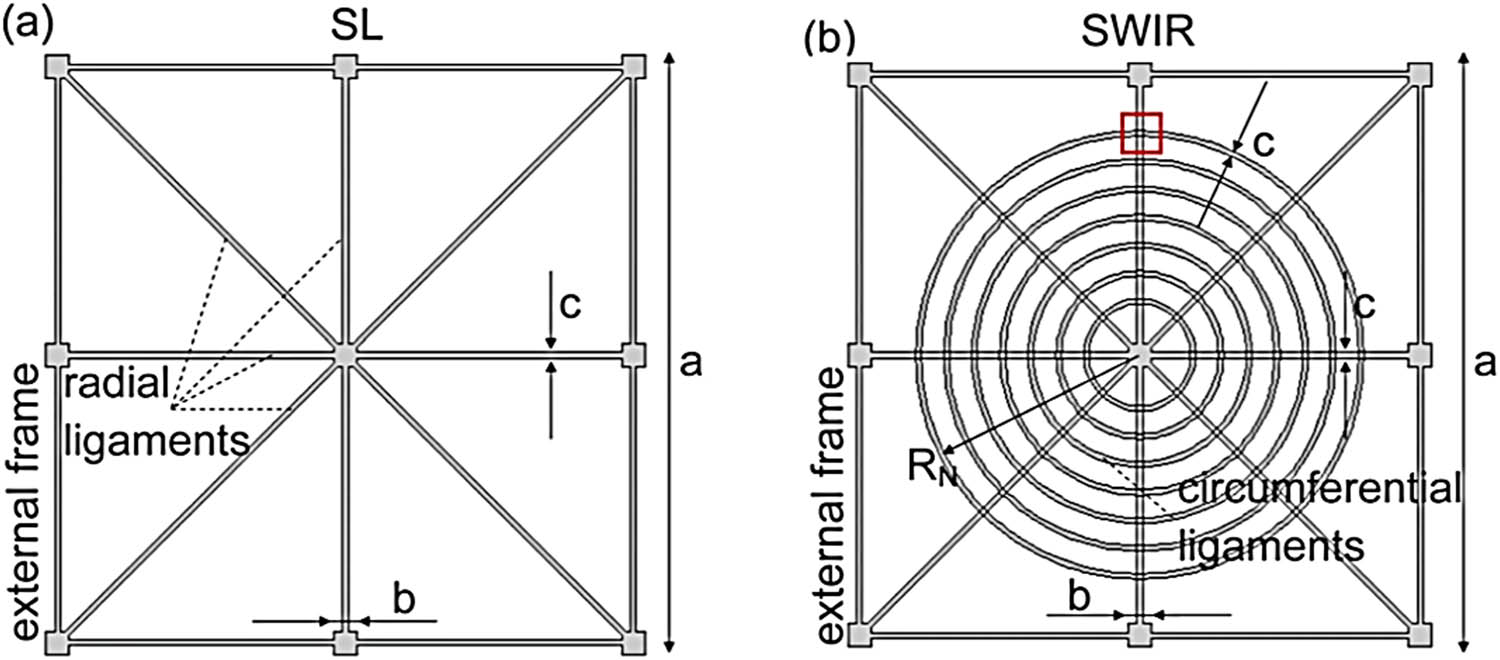
# **Exploring the Power of Spider Silk: How Stretching Amplifies Its Qualities**
Spider silk has captivated researchers for ages due to its remarkable strength, flexibility, and resilience. Its mechanical characteristics are frequently likened to those of steel and advanced synthetic substances like Kevlar. Nevertheless, large-scale extraction of natural spider silk is not feasible, prompting scientists to investigate synthetic alternatives. An innovative study has illuminated the vital role of stretching in boosting silk’s capabilities, uncovering the molecular dynamics involved in this phenomenon. These revelations could transform synthetic silk manufacturing and lay the groundwork for novel materials in biotechnology and materials science.
## **Stretching for Resilience: How Spiders Enhance Their Silk**
While weaving their complex webs, spiders employ their hind legs to draw silk threads from their spinnerets. This natural mechanism not only aids in web formation but also enhances the mechanical properties of the silk. Scientists have long duplicated this process in laboratories using a technique known as **post-spin stretching or drawing**, though the precise reason for its enhancement of silk durability was previously unclear.
A research group from **Northwestern University** aimed to unravel this enigma using cutting-edge computational methods. By modeling silk stretching at the molecular scale, they found that stretching aligns protein chains within the fibers, boosting hydrogen bonding among them. This alignment greatly improves the material’s toughness and strength, showcasing how post-processing techniques can be refined for synthetic silk production.
## **Computational Discoveries: Revealing Molecular Alignment**
The research employed computational simulations to examine modifications in silk fibers at the nanoscale. Key findings included:
– **Protein Alignment:** Stretching compels protein strands into a more organized configuration.
– **Enhanced Hydrogen Bonding:** The arrangement of protein domains promotes stronger intermolecular connections.
– **Superior Mechanical Properties:** Increased molecular order results in improved silk performance.
These findings validate that effective silk synthesis hinges not only on its initial creation but also on meticulous post-processing. The extent of stretching can affect properties such as **extensibility, toughness, and elasticity**. According to lead researcher **Jacob Graham**, modifying post-spin stretching enables fine-tuning of properties, allowing for the creation of fibers with customizable mechanical characteristics.
## **Potential Applications and Future Directions**
Grasping the significance of stretching in silk manufacturing has major implications for the innovation of **biodegradable and sustainable materials**. Synthetic silk is especially promising for use in sectors such as:
– **Biomedical science:** Silk-derived materials could serve for sutures, artificial ligaments, and drug delivery systems.
– **Material science:** Sturdy, lightweight fibers could be integrated into protective clothing, textiles, and even aerospace materials.
With the endorsement of computational methods to simulate silk behavior, researchers are optimistic that combining **simulation with experimental approaches** could hasten the mass production of high-performance protein-based fibers. As **Hannes Schniepp**, a leading researcher in spider silk, emphasizes, comprehending and refining post-processing techniques is crucial to realizing the full potential of synthetic silk.
## **Final Thoughts**
The revelation of how stretching bolsters spider silk at the molecular level represents a major advancement in materials science. By connecting experimental findings with computational modeling, researchers can enhance the production of synthetic silk for **commercial, biomedical, and industrial uses**. As the field progresses, insights derived from nature may pave the way for the development of next-generation materials that are both **strong and sustainable**.